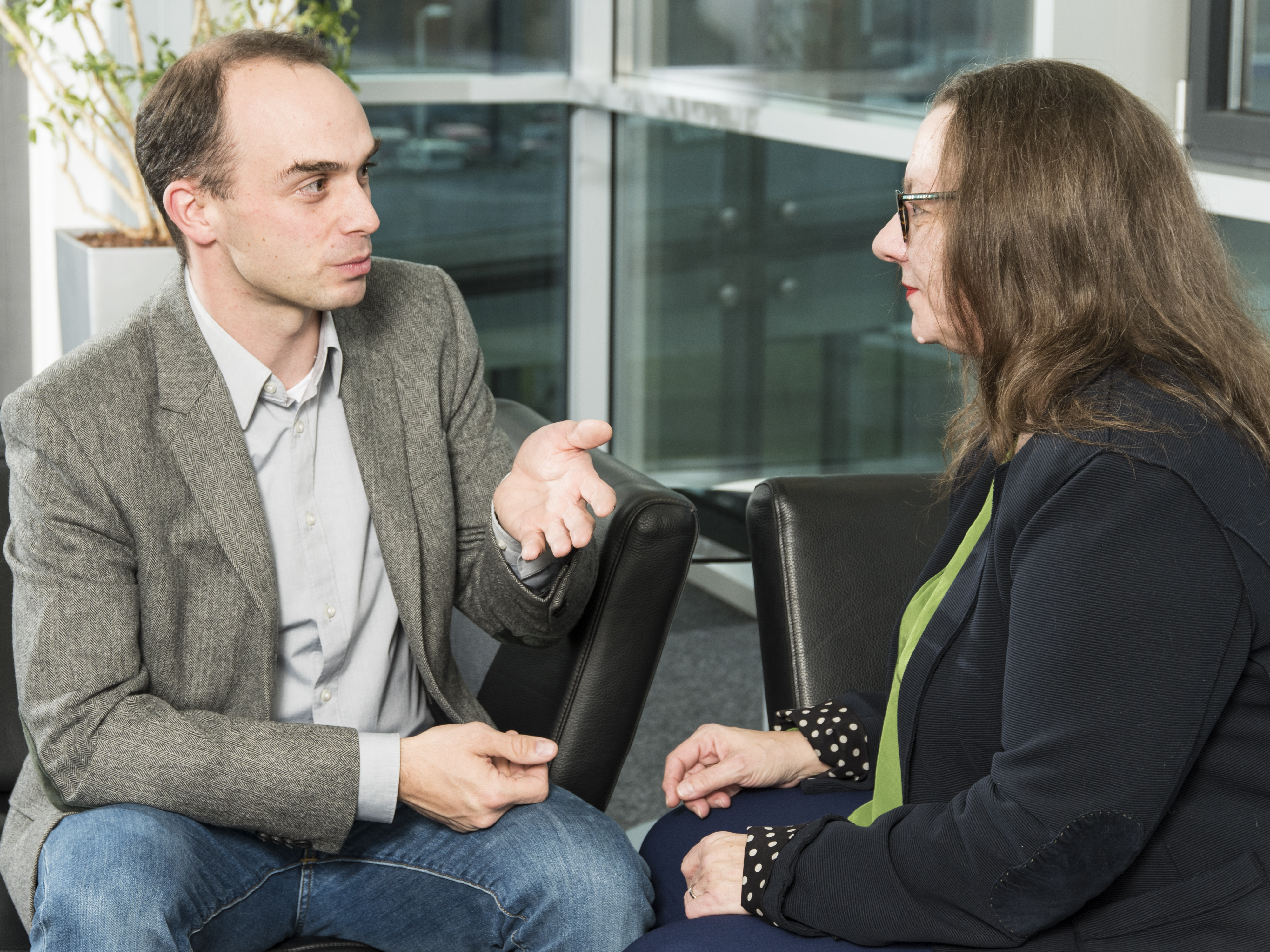A computer that recognizes coins based on the sound they make? That would be a walk in the park for the researchers at Fraunhofer IIS today. But what about over 25 years ago? “We actually had a functioning recognition system back then; researchers used an artificial neural network, which they trained,” says Dr. Thorsten Edelhäußer, head of research planning at Fraunhofer IIS. “So machine learning was an occasional topic here from as far back as 1992. Back then, only a few ingredients were missing to give us artificial intelligence.”
Today the ingredients are there in the form of high-performance computers and huge data volumes. But that’s not all: “Over the past ten years, we’ve built up application- and customer-oriented expertise that has dug deep into the subject and explored practical problems close up.” What’s more, Edelhäußer is currently experiencing a paradigm shift in applied research at Fraunofer IIS.
For various problems that were previously unsolvable with conventional methods, AI is now stepping in – or rather, previous methods are being “enriched” and thus improved with AI. Fraunhofer IIS predominantly uses machine learning. Machine learning is a sub-field of artificial intelligence that seeks to move away from explicitly programming computers toward enabling them to learn independently from existing data.



